Guitar Gave Lick Of The Week wit Keith Amyx - Arpeggiating through an E chord
This quick lick is inspired by The Mavericks. Keith breaks it down into easily digestible pieces and there's plenty of room to embellish. Hope you enjoy!
The mid to late 1980s posed a number of challenges to Fender, one of which was trying to make headway outside of the “Fender Box”.
To be competitive in an arena outside of strats, tele’s and jags, one of Fender’s ideas was to circumvent the name and create a brand that wasn’t tied to Fender traditions.
So here comes Heartfield by Fender guitars in 1989.
The exploratory Heartfield badge was also intended to be a beta testing line-up, to provide an opportunity for dealer and consumer feedback and try to create a different flavor of Fender guitars.
Heartfield models hit the streets with four electric’s and two bass models. Body styles varied from a very PRS looking guitar (Elan) to an Ibanez RG (Talon) with each of the four guitars being distinctly different from each other despite not being entirely original.
These guitars were designed in the USA, but manufactured in Japan by FujiGen Gakki due to their relationship with Fender Japan. Therefore the build quality is what you would expect, excellent.
With the understanding that Heartfield was a testing ground by Fender it helps explain why the “paradox of choice” was ignored and the Talon model presented here had seven different variations: pickguard, no pickguard, headstock orientation up or down, 22 frets or 24, etc. There was the Talon, Talon I, II, III, IIIR, IV, V. Pickup configurations covered the bases with HSS, HH, and HSH.
It’s dizzying, but the rationale is fair.
The Heartfield line-up disappeared after 1993, partly due to the weakening American dollar versus the Japanese Yen.
Swing And A Miss
The Heartfield line of guitars was not Fender’s first foray into the super strat world. From 1985-1987 Fender Japan exported the Contemporary series with humbuckers and a Floyd Rose.
A few other less than successful attempts of the mid 1980s include the Fender Katana, Performer, & Boxer. It’s worth noting the sale from CBS to Bill Schultz’ ownership group in 1985 did not include the manufacturing facility in Fullerton so there was a couple of years in which Fender was relying heavily, almost entirely in 1985, on Fender Japan. And Fender Japan is not scared to push the envelope.
About the same time as the Heartfield guitars, Fender released the HM (heavy metal) series from 1988-1992, also originating in Japan before U.S. based models were built in 1990. These were re-released in limited numbers a few years ago.
Fender tried again with the set-neck, carved top Showmaster series which began as custom shop creations in the late 1990s. (John Suhr was a master builder at that time and it’s easy to see the resemblance to a Suhr modern). The Showmasters had a short production run from 2003-2007, made in Korea.
Lessons Learned
Fender has the same problem as Gibson, or Gretsch for that matter. The consumer's perception of iconic brands is tied to iconic body styles. That notion is a sharp double-edged sword as it maintains strong sales for the respective company, but does not allow for much deviation from legacy models.
Fender more-so than Gibson, tried hard over the years to reinvent the wheel, but both brands figured out from their failures (or the consumer’s lack of embracement) it’s smarter to buy the wheel.
Gibson owns Kramer and Steinberger. Fender’s portfolio is much more vast.
Fender Musical Instruments Corporation (FMIC) currently owns EVH Guitars, Charvel Guitars, Jackson Guitars, Squier, and the Bigsby Electric Company. They also handle the manufacturing and distribution for Gretsch Guitars (Gretsch sold Bigsby to FMIC in 2019).
In years past FMIC has owned the following guitar companies (and other MI brands not listed):
Guild 1995-2014 (currently owned by Yamaha)
Ovation (2008-2015)
Hamer (2008-2012)
From 2008 to 2015 FMIC owned Kaman Music Corporation, a brand conglomerate that began with Charles Kaman’s introduction of Ovation Guitars. One of KMC’s brands included Hamer, which FMIC shuttered in 2012. In 2014 Fender sold off several of KMC’s brands to Drum Workshop and then sold the rest of KMC’s portfolio to JAM Industries in 2015.

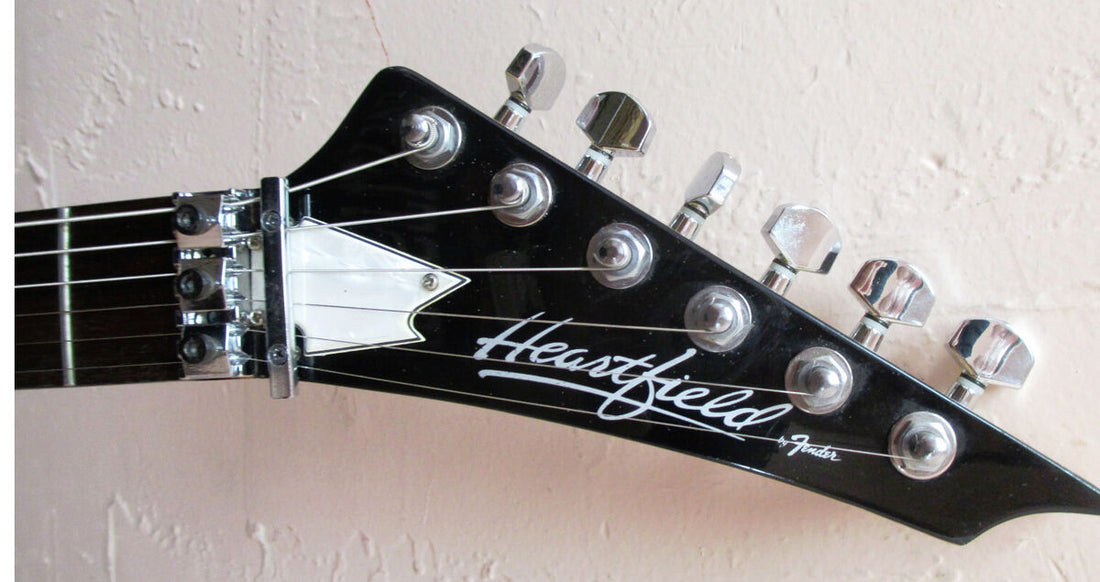
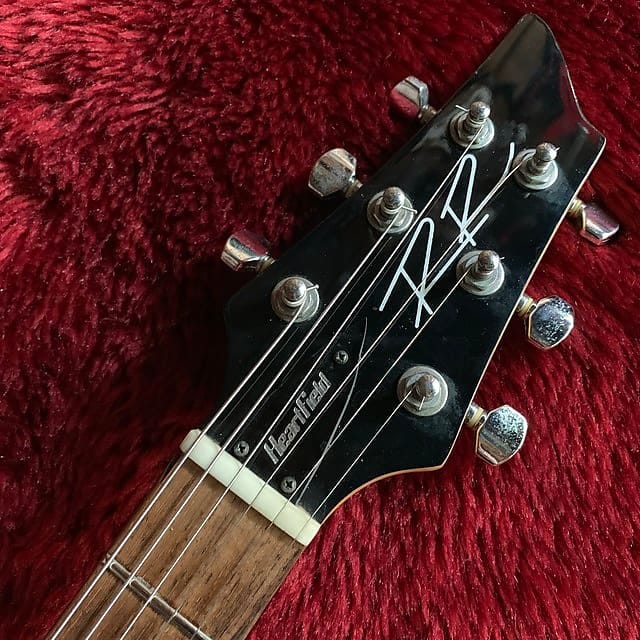
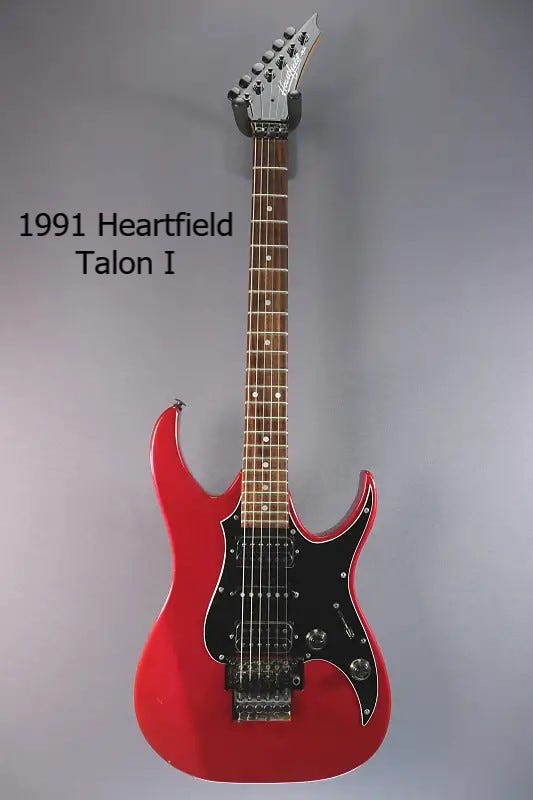
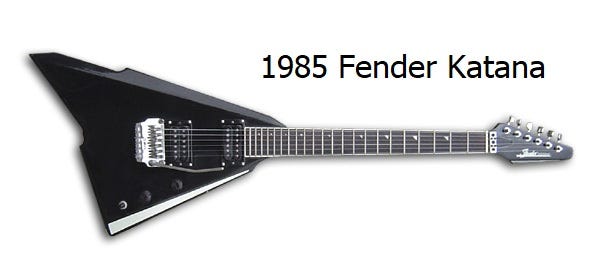
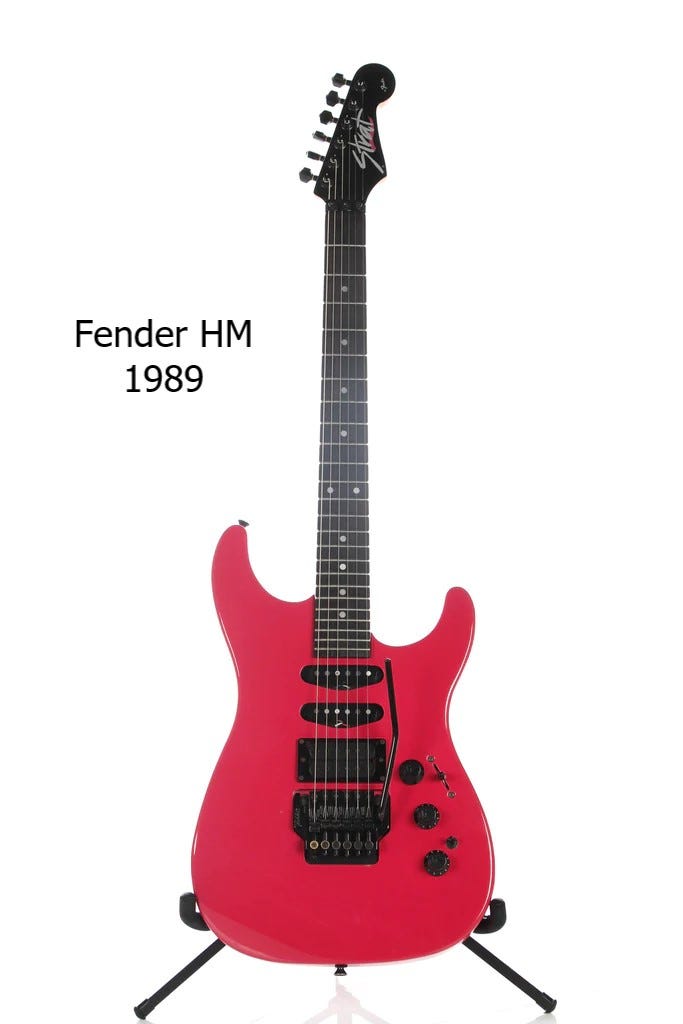
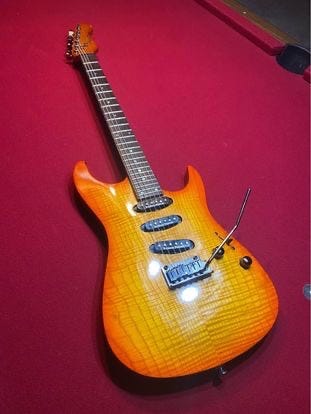
1 comment
Great article! Loved the Lessons Learned section. Thank you.